Input Stage
Input Signals
Pulse-Width Modulation (PWM) Signals: PWM signals play a crucial role in the functioning of isolated gate drivers, particularly in the realm of power electronics. These signals adjust the length of time that power switches (such as MOSFETs or IGBTs) remain in the 'on' state by modifying the width of the pulse while maintaining a consistent frequency. PWM signals play a vital role in the regulation of power delivery to loads and the control of motor speed.
Enable/Disable Signals: In addition to PWM, gate drivers frequently receive enable/disable signals for operation. These signals are in binary form, indicating whether the gate driver should be active or inactive. They have a crucial role in ensuring the system's safety and energy efficiency. They enable the control logic to deactivate the power stage when it's not necessary or in the event of a malfunction.
Signal Conditioning and Processing
Filtering and Level Shifting: Prior to utilizing the input signals to control the power switches, they typically undergo a process of conditioning. This involves the process of filtering out any unwanted noise and spikes, as well as adjusting the signal levels to meet the specific requirements of the gate driver circuitry.
Signal Integrity Maintenance: Ensuring the input signal remains intact is of utmost importance. Ensuring optimal signal quality is crucial in electronic design. This is accomplished by implementing effective PCB layout techniques, matching impedance, and incorporating suitable buffer circuits. These measures safeguard against signal degradation and distortion, particularly in challenging conditions such as long distances or noisy environments.
Logic Processing: In the input stage, there may be some components such as microcontrollers or logic gates that help interpret the PWM and enable/disable signals. This processing determines the optimal response of the gate driver in terms of timing, sequencing, and the necessary output characteristics.
Safety and Diagnostic Features: Modern gate drivers commonly include safety features such as input side power supply under voltage lockout (UVLO), fault detection, and diagnostic feedback in the input stage to ensure safety and provide diagnostic information. These features closely monitor the input signals for any irregularities, such as signal dropout or unusual pulse patterns. They are designed to activate protective responses in order to safeguard the power switches and the load from potential damage.
Output Stage
MOSFET/IGBT Control Outputs
Functionality and Role: The isolated gate driver's output stage is primarily responsible for delivering the required control signals to the gates of MOSFETs or IGBTs. This stage converts the low-energy input signals into high-energy outputs that can quickly turn these power devices on and off.
Drive Strength Requirements: Drive strength is crucial, as it determines the ability to provide and remove current to and from the gate. Ensuring sufficient drive strength guarantees that the gate capacitance of the MOSFET or IGBT is charged and discharged rapidly, resulting in swift switching times and minimizing power losses during transitions.
Protection Features: Gate drivers often come equipped with protection features at the output stage. These features include output-side power supply UVLO as well as over-current detection and protection. In the event of a short circuit or overload conditions, these safeguards aim to prevent any potential damage to the power device. Ensuring the durability and dependability of power electronic systems is of utmost importance.
Bootstrap Circuits and Supply Considerations
Bootstrap Operation: When the gate driver needs to operate above the supply voltage, high-side gate driving applications commonly employ bootstrap circuits. For short periods of time, a bootstrap circuit stores energy and provides the necessary gate voltage to turn on a high-side MOSFET or IGBT.
Circuit Components: For a bootstrap circuit to function properly, it requires the presence of a diode and a capacitor. When the low-side switch is activated, the capacitor undergoes charging via the diode. When the high-side switch needs to be activated, the stored charge is used to supply the gate drive voltage.
Design Considerations: The design of the bootstrap circuit is of utmost importance, with careful consideration given to the sizing of the capacitor and the selection of the diode. It is important for the capacitor to retain sufficient charge to fully drive the high-side gate throughout its entire on-time period. Additionally, the diode should have a quick recovery time to avoid any loss of charge.
Limitations: Despite their cost-effectiveness and efficiency, bootstrap circuits have certain limitations. When the high-side switch remains on for extended periods, the capacitor may gradually lose its charge, revealing these limitations. In certain situations, it may be necessary to consider alternative methods, such as isolated DC-DC converters, to ensure a consistent power supply.
Isolation Barrier
Methods: Optocoupler, Transformer, Capacitive
The isolation barrier in gate drivers plays a crucial role in maintaining electrical separation between the high-voltage side and the low-voltage control side. This separation is essential for ensuring safety, minimizing noise interference, and ensuring the system operates correctly. Several techniques are used to achieve this isolation:
Optocouplers: Optocouplers use light to transmit signals across an isolation barrier. An electrical signal triggers a light-emitting diode (LED) to emit light, which a photodetector on the opposite side then detects. People commonly use optocouplers due to their simple operation and reliable performance. However, they may encounter challenges in terms of speed and long-term reliability as a result of LED degradation.

Figure 1: Optocoupler Galvanic Isolation
Transformers: Transformers use magnetic coupling to transfer signals. The primary coil generates an alternating current that, in turn, induces a current in the secondary coil, separated by an isolation barrier. With their impressive power and signal transfer capabilities, magnetic isolators are a perfect fit for isolated power supplies.
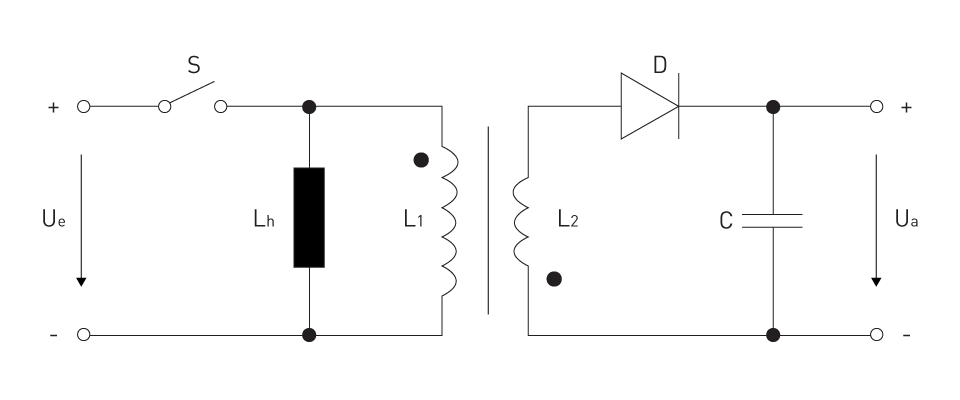
Figure 2: Using Transformer for Galvanic Isolation
Capacitive Isolation: utilizes capacitors for signal transfer. Voltage changes on one plate of the capacitor generate a corresponding voltage on the other, facilitating the transfer of the signal. Capacitive methods provide fast data transmission and have a longer lifespan compared to optocouplers.
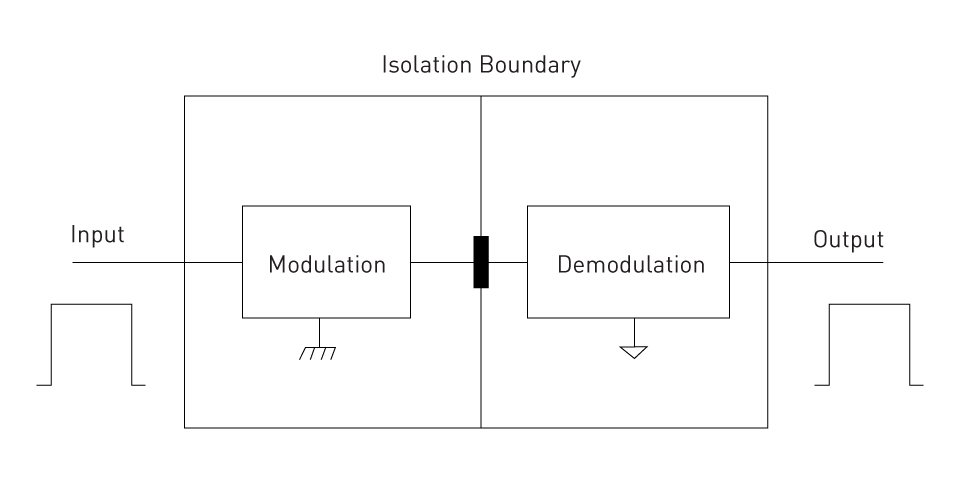
Figure 3: Capacitive Galvanic Isolation
Ensuring Robust Isolation
Ensuring robust isolation involves several key considerations:
High Isolation Voltage Rating: The isolation barrier needs to be able to handle high voltage differences without breaking down. In high-voltage applications, it is crucial to safeguard the low-voltage side from potential harm resulting from high-voltage transients.
Reliability under Environmental Stress: The isolation barrier needs to withstand a range of environmental conditions, including temperature extremes, humidity, and mechanical stress. Reliability plays a crucial role in various industries, such as the industrial, automotive, and renewable energy sectors.
Long-Term Stability: Ensuring long-term stability is crucial when choosing components for isolation, particularly in optocouplers. It is important to select materials that exhibit minimal degradation over time. Ensuring consistent performance and safety throughout the product's lifespan is crucial.
Certifications and Standards Compliance: Ensuring compliance with international safety standards and certifications such as UL, IEC, and VDE is crucial when it comes to isolation barriers. Ensuring safety and gaining acceptance in global markets are key considerations.
Key Features and Specifications
Drive Strength (Source and Sink Capability)
This is related to the gate driver's ability to deliver enough current to charge and discharge the gate capacitance of power transistors such as MOSFETs or IGBTs. With high drive strength, faster switching times can be achieved, resulting in reduced transition losses and improved overall efficiency.
Under-Voltage Lockout (UVLO)
Under-voltage lockout serves as a safety measure. It ensures that the gate driver does not function when the supply voltage falls below a specific threshold. The UVLO feature puts the internal circuit in a semi-standby state to prevent any potential malfunctions. By implementing this measure, the gate driver is able to function reliably and efficiently, avoiding any potential issues caused by inadequate voltage.
Desaturation Detection
This feature can identify when a power transistor, such as an IGBT, is experiencing excessive load, which may indicate a potential fault. It plays a crucial role in safeguarding the transistor and the load by promptly responding to any abnormal operating conditions.
Noise Immunity
For noise immunity, ensuring proper gate driver operation in electrically noisy environments is critical. This involves the ability to withstand transient noises and steady-state interference, which are frequently encountered in industrial and automotive applications.
Propagation Delay
Importance in Performance: Propagation delay refers to the time required for an input edge to reach the output. Reducing this delay is essential for applications that require fast switching, as it directly affects the timing precision and overall performance of the power conversion system.
Minimization Strategies: To reduce propagation delay, one can optimize the internal circuitry of the gate driver, utilize faster components, and ensure a direct signal path.
Output Voltage and Current
Output Drive Requirements: The gate driver should ensure that the power transistor's gate has sufficient voltage and current levels. This requires finding a balance between the requirements for efficient switching and the constraints of the power transistor.
Dealing with Variations: The gate driver needs to be adaptable to accommodate variations in drive requirements, which may occur as a result of fluctuations in load conditions, temperature, or the aging of components.
Common-Mode Transient Immunity (CMTI)
Definition and Importance: It is usually measured in kilovolts per microsecond (kV/μs). It determines the isolator's capacity to handle sudden changes in the potential difference between two grounds, known as common mode, without introducing errors. It is an important measure of how well something performs in environments with electrical interference.
Enhancement Techniques: Methods for improving CMTI involve utilising components that have strong resistance to transients, creating sturdy isolation barriers, and incorporating filtering and protection mechanisms.
Operating Temperature Range
Understanding the operating temperature range is crucial for gate drivers as it sets the boundaries for the device's reliable operation in different ambient temperatures. This parameter is crucial in guaranteeing the optimal performance of gate drivers in various environmental conditions, ranging from the frigid temperatures of industrial freezers to the scorching heat of automotive engines or outdoor solar inverters. Having a wide operating temperature range is important because it ensures durability and adaptability in challenging conditions. This is especially significant in situations where temperature changes occur frequently. Designers need to make sure that the selected gate drivers can handle the thermal stresses of their intended applications in order to maintain efficiency, performance, and reliability throughout the product's lifespan.
Certifications
Certifications play a crucial role in gate driver technology, demonstrating a device's adherence to industry standards and regulations. These certifications may include safety standards like UL, VDE, or IEC, which confirm the device's safety for users and compatibility with other components. EMC certifications guarantee that the gate driver does not produce excessive electromagnetic interference (EMI) and is resistant to EMI from external sources, maintaining signal integrity in applications sensitive to noise. Choosing certified gate drivers can streamline compliance and boost the end product's market appeal in diverse global markets with varying regulatory demands.


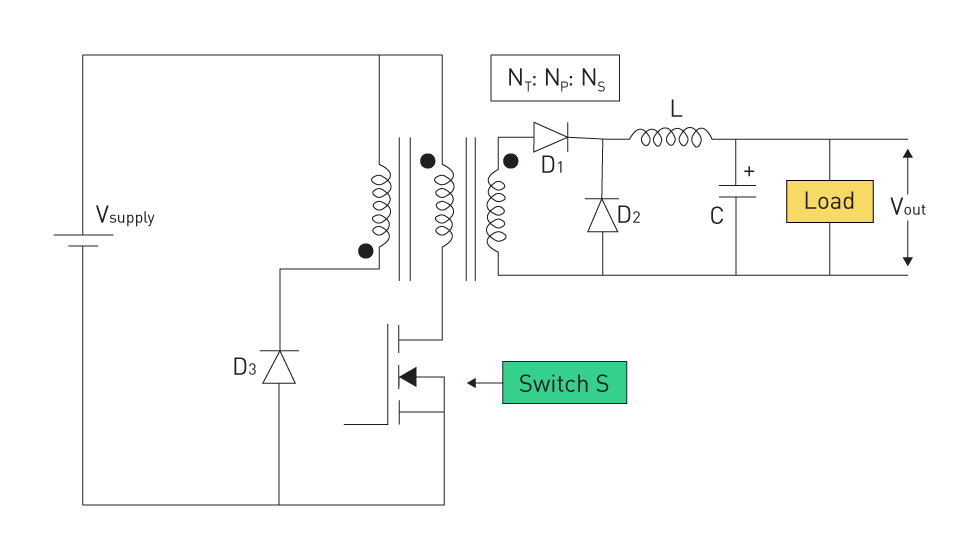
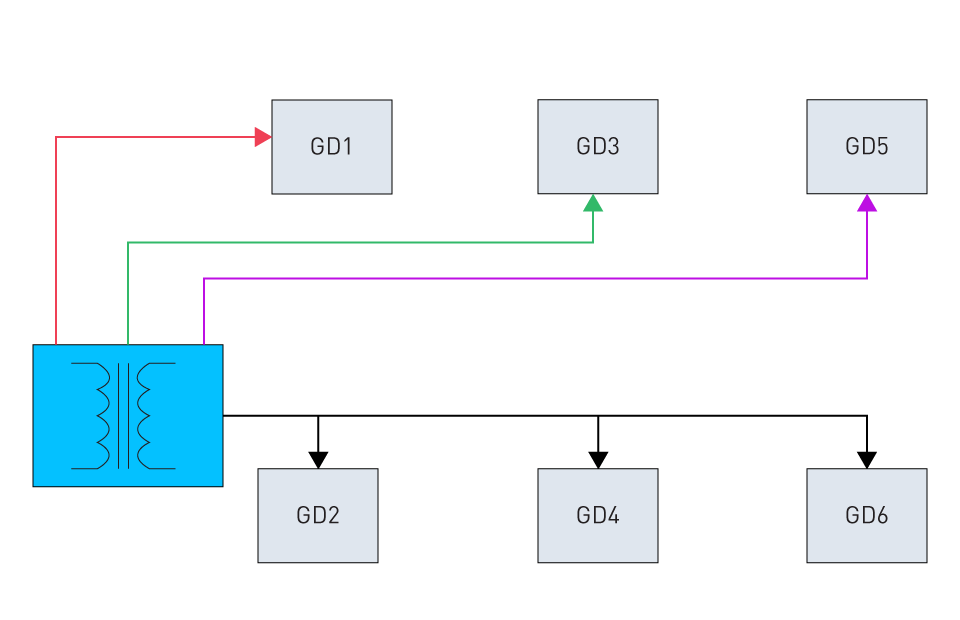
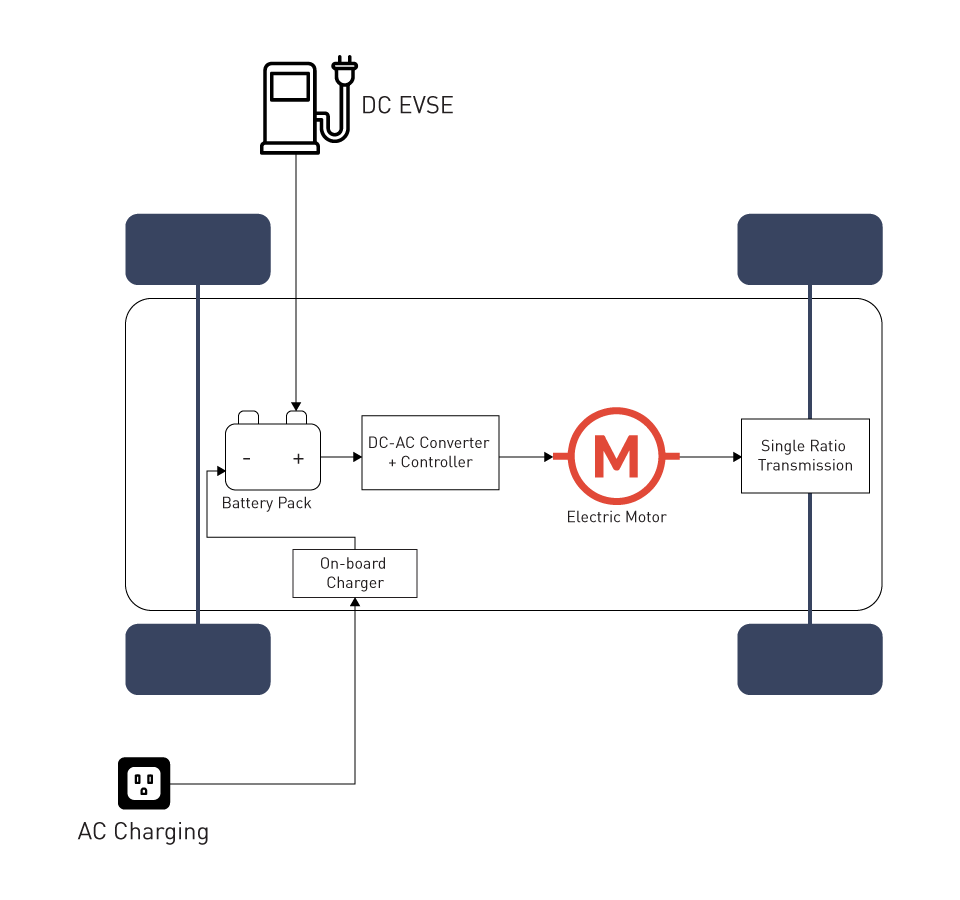
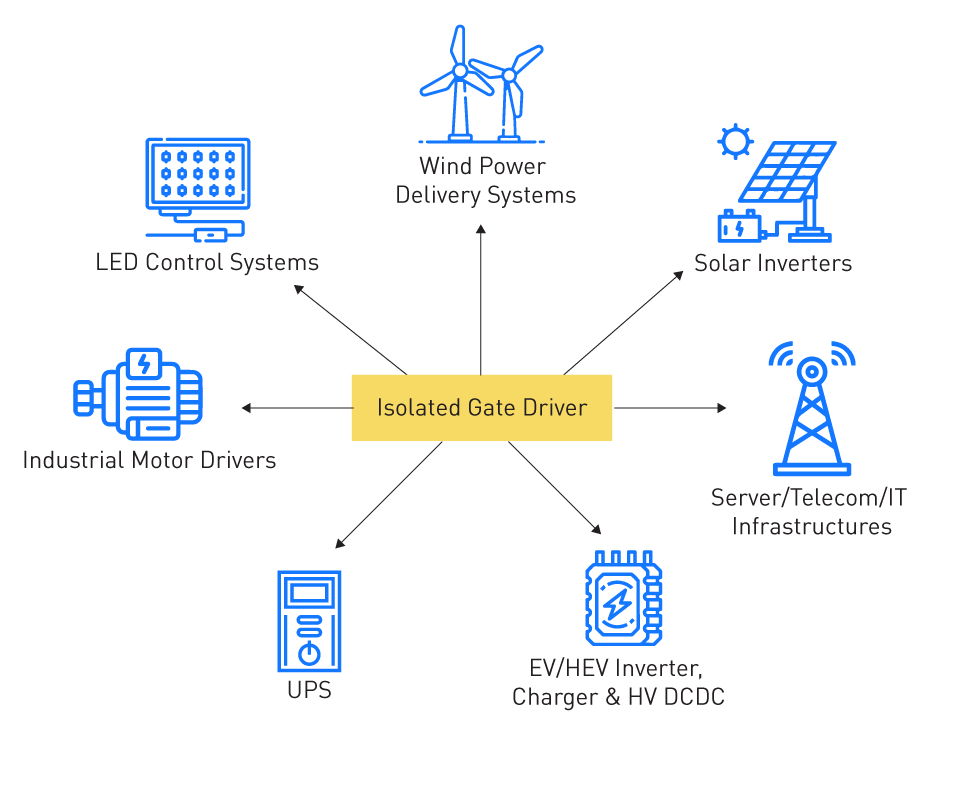
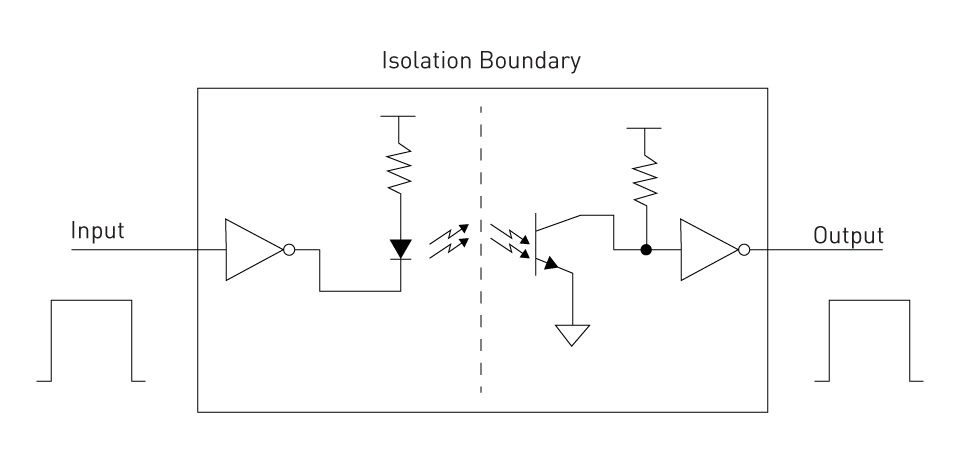
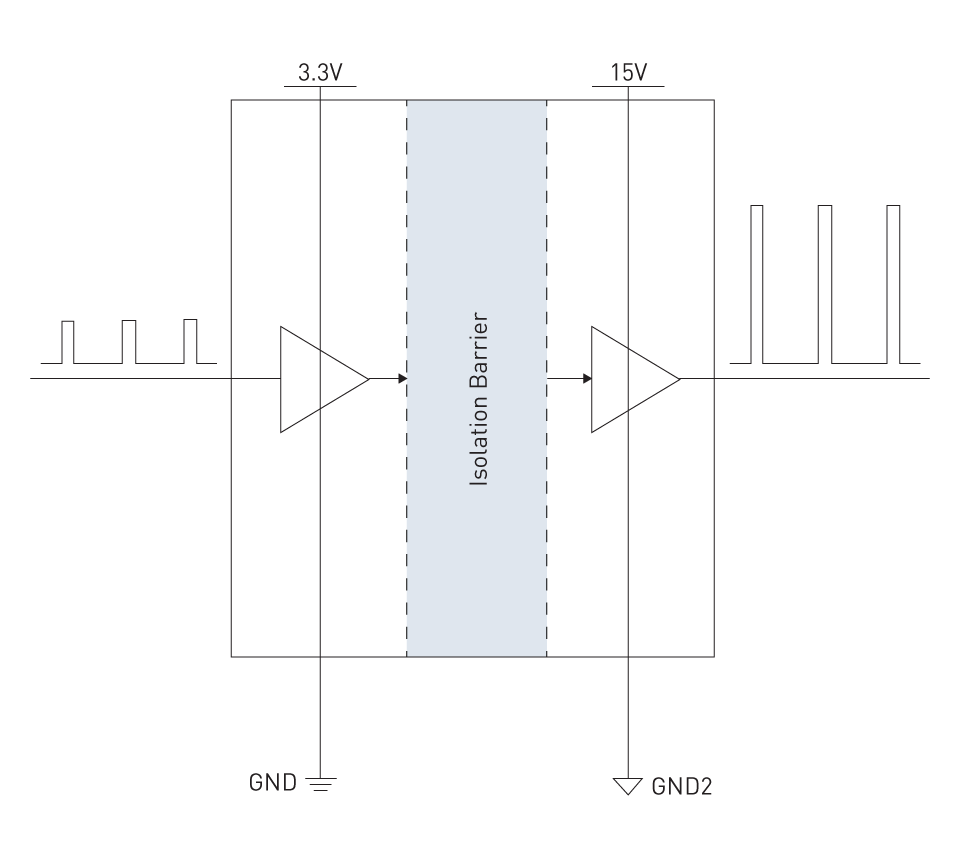
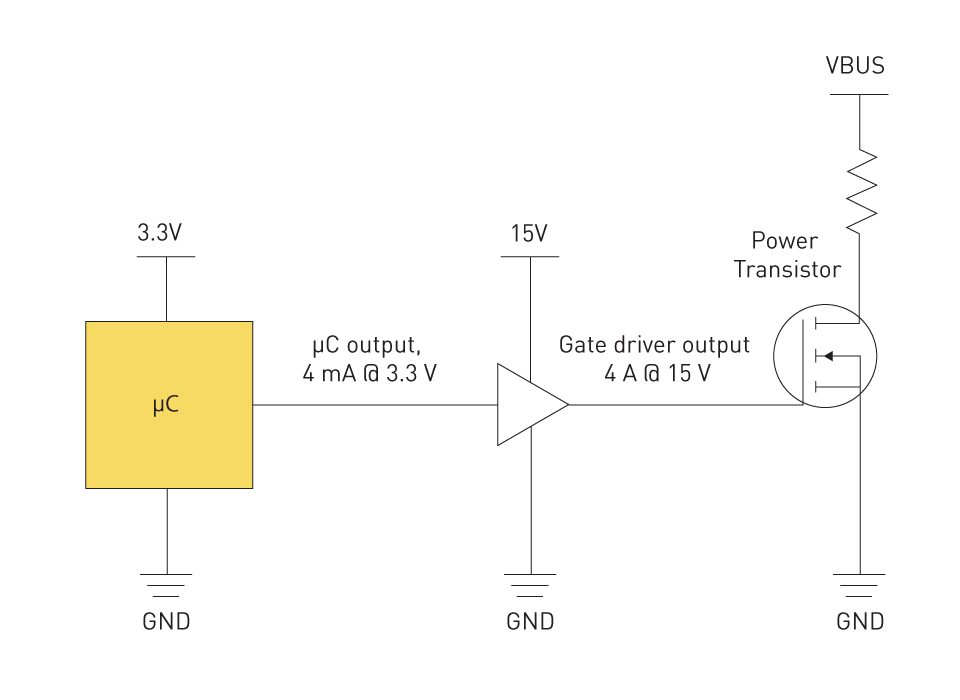
直接登录
创建新帐号